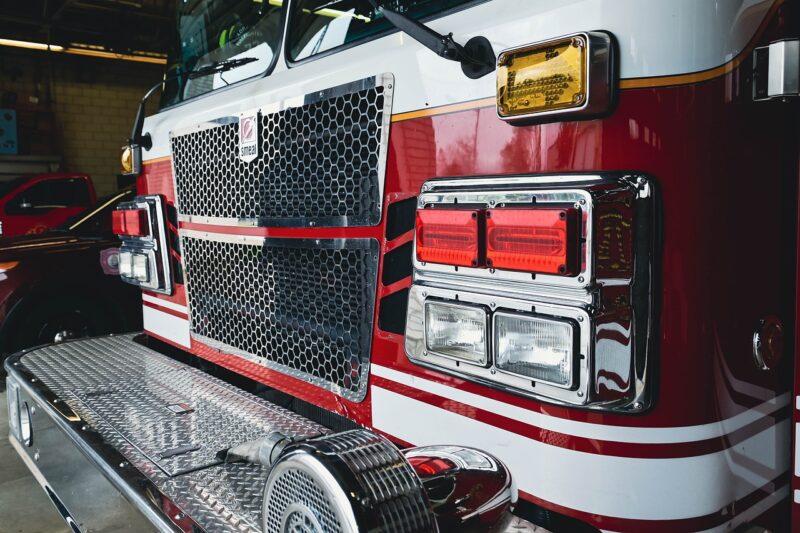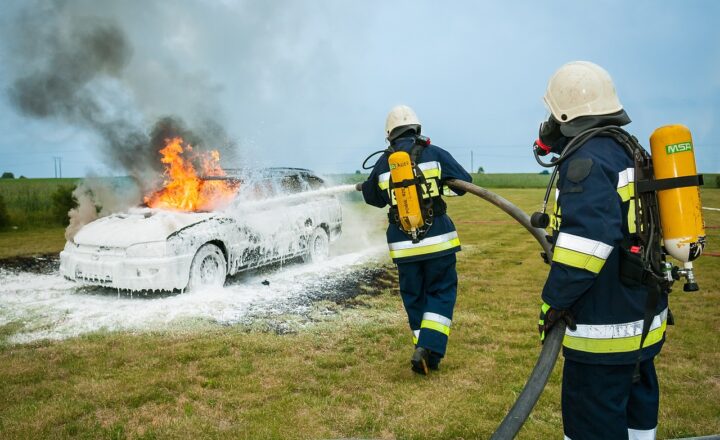The Role of Firefighters in Educating the Public on Fire Safety and Prevention
November 13, 2024

Firefighters are often seen as heroes in our communities, rushing into burning buildings and saving lives. However, their responsibilities extend far beyond emergency response. One of their most vital roles is educating the public on fire safety and prevention. Firefighters are uniquely positioned to share valuable knowledge, techniques, and resources that can help individuals and communities reduce the risk of fires and respond effectively in case of an incident.
1. Understanding the Importance of Fire Education
Fire education plays a critical role in minimizing risks associated with fire incidents. According to the U.S. Fire Administration, over 350,000 residential fires occur in America every year, resulting in thousands of injuries and deaths. Many of these fires could be prevented if the public had a better understanding of fire safety, potential hazards, and how to respond.
Firefighters aim to reduce these alarming statistics by proactively educating communities. The goal is to equip individuals with the knowledge necessary to prevent fires and to react appropriately when a fire does occur. This proactive approach shifts the focus from merely fighting fires to also preventing them in the first place.
2. Key Areas of Fire Safety Education
Firefighters tackle several key areas when educating the public on fire safety. Here are some of the primary focuses:
- Smoke Alarms: Educating the public about the importance of smoke alarms is a fundamental aspect of fire safety. Firefighters emphasize the need for working smoke alarms on every level of a home, including sleeping areas. They also highlight the importance of regular maintenance, such as testing alarms monthly and replacing batteries at least once a year.
- Escape Plans: Firefighters encourage families to create and practice escape plans. An effective plan includes identifying at least two exits from each room, designating a meeting point outside, and regularly practicing fire drills to ensure everyone knows what to do in an emergency.
- Fire Extinguishers: Understanding how to use a fire extinguisher can save lives. Firefighters teach individuals how to operate extinguishers using the P.A.S.S. technique: Pull the pin, Aim at the base of the fire, Squeeze the handle, and Sweep from side to side.
- Safe Cooking Practices: Cooking is the leading cause of residential fires. Firefighters educate the public on safe cooking practices, including never leaving cooking unattended and keeping flammable materials away from stovetops.
- Holiday Safety: Many fires occur during the holiday season due to decorations and heating equipment. Firefighters provide guidance on safe holiday practices, from choosing fire-resistant trees to proper candle usage.
3. Community Outreach and Programs
Fire departments across the country engage in community outreach programs designed to educate the public about fire safety. Here are several common initiatives:
- Fire Safety Week: During National Fire Prevention Week, firefighters conduct activities in schools and community centers. These activities often involve interactive demonstrations, school presentations, and open houses at fire stations.
- School Programs: Firefighters develop educational programs tailored for different age groups. They visit schools to teach children about safety, proper emergency responses, and the importance of respecting fire.
- Home Safety Inspections: Some fire departments offer home safety inspections where firefighters assess fire hazards in homes. They provide recommendations for reducing risks and may even supply smoke detectors and batteries.
- Community Workshops: Workshops may cover a range of topics, including emergency preparedness, disaster response, and fire safety skills relevant to specific communities or cultures.
These initiatives foster a stronger connection between firefighters and the communities they serve while promoting vital fire safety education.
4. Leveraging Technology for Fire Prevention
In today’s digital age, firefighters leverage technology to reach a wider audience and enhance the effectiveness of their educational efforts. Here are several ways technology has transformed public fire safety education:
- Social Media: Fire departments utilize social media platforms to disseminate fire safety tips, share success stories, and inform the community about events and programs quickly and efficiently.
- Mobile Apps: Some fire departments have developed mobile apps to provide fire safety information, reminders for smoke alarm checks, and tips for emergency preparedness.
- Webinars and Online Training: Virtual platforms allow firefighters to conduct educational sessions remotely, making it easier for members of the community to access valuable fire safety information.
By embracing technology, firefighters are better equipped to educate the public, promote engagement, and ultimately reduce fire incidents.
5. Conclusion
The vital role that firefighters play in educating the public on fire safety and prevention cannot be overstated. As they work tirelessly on the front lines, they also take on the essential task of equipping individuals with the knowledge and tools necessary to prevent fires and respond appropriately in emergencies. Through community outreach, school programs, modern technology, and dedicated fire safety education, firefighters are pivotal in creating safer communities for everyone.
By fostering awareness and encouraging proactive measures, we can work together to reduce fire incidents, safeguard lives, and protect property from the devastating effects of fire.








